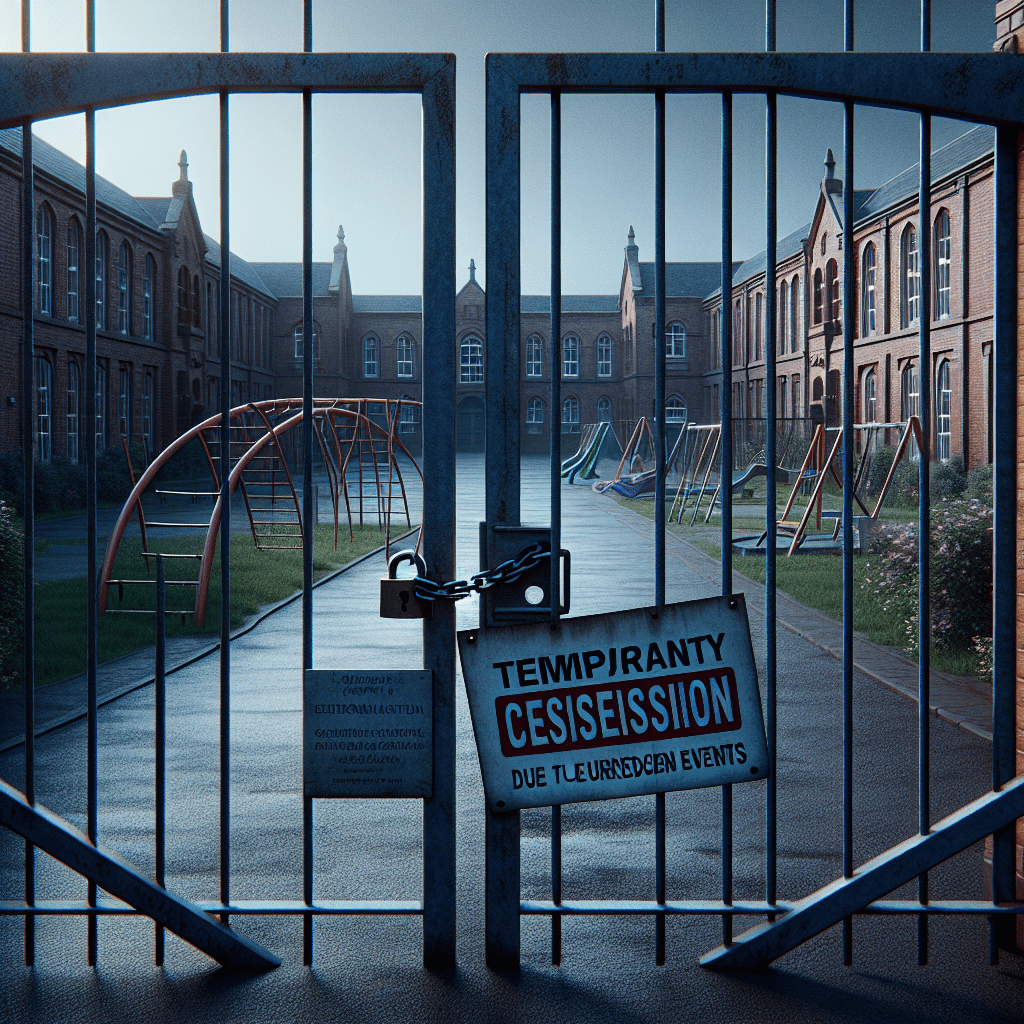Introduction to School Closures
School closures occur when educational institutions suspend on-site instruction across different grades and classes for an extended period. These closures can affect early childhood education centers, primary and secondary schools, as well as higher education institutions. They are generally considered a last resort when faced with certain extenuating circumstances such as emergencies, health concerns, infrastructural issues, or other factors that pose a risk to the safety and well-being of students and staff.
School closures have far-reaching consequences not only for the educational trajectory of students but also for family routines, the economy, and society at large. This article will explore the reasons behind school closures, their effects, approaches to mitigating these impacts, and the strategies utilized for reopening.
Reasons for School Closures
Schools may close their doors for a variety of reasons, some of the primary being:
–
Health emergencies: Pandemics like the H1N1 flu in 2009 or the COVID-19 outbreak in 2020 can necessitate the temporary shutdown of educational institutions to curb the spread of contagious diseases.
–
Natural disasters: Events such as earthquakes, hurricanes, floods, or wildfires can damage school infrastructure or make access to education hazardous.
–
Political instability: Situations of conflict, war, or significant social unrest may threaten the security within a region and lead to school closures.
–
Maintenance or infrastructural challenges: Schools may close temporarily for major repairs or renovations that cannot be safely conducted while students are present. Impacts of School Closures
Impacts of School Closures
The cessation of normal school activities has deep and diverse effects. Among them are:
–
Educational setbacks: Prolonged periods away from formal educational environments can lead to learning loss, with disadvantaged students often suffering the greatest negative impacts.
–
Psychosocial effects: The school environment provides more than just academic learning; it is also a source of social interaction, mental stimulation, and sometimes psychological support. Without it, children and adolescents might face increased anxiety and isolation.
–
Economic strain: Parents may need to find childcare solutions or reduce their work hours to support their children during closures, leading to decreased productivity and economic pressures on households.
–
Nutritional concerns: Many children rely on free or subsidized meals provided at school. Closures can therefore lead to nutritional deficiencies among vulnerable populations. Mitigation Strategies
Mitigation Strategies
In response to the aforementioned challenges, various mitigation strategies have been adopted:
–
Remote learning: Technological solutions like online classes, educational software, and broadcast lessons aim to bridge the physical gap caused by school closures.
–
Community support: Systems for distributing food and other resources usually available in school to needy families are initiated during extended closures.
–
Counseling services: Provision of remote psychological support and encouragement of virtual peer interaction can help mitigate psychosocial effects.
–
Emergency child care: Designating special facilities that follow strict health protocols can assist essential workers who cannot work from home. Guidelines for Reopening Schools
Guidelines for Reopening Schools
The decision to reopen schools involves a complex balance of educational needs and the health and safety concerns of students and staff:
–
Adapted schedules: Staggered schedules or hybrid models combining in-person and online teaching can reduce student density.
–
Safety measures: Implementation of enhanced sanitation protocols, use of personal protective equipment, and adherence to physical distancing guidelines can minimize health risks upon reopening.
–
Monitoring systems: Regular health check-ups and swift response procedures for new cases help manage possible resurgences of contagion.
–
